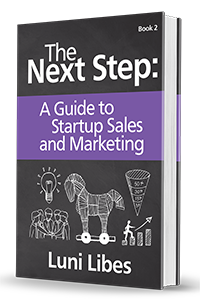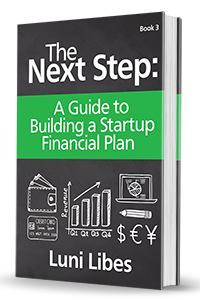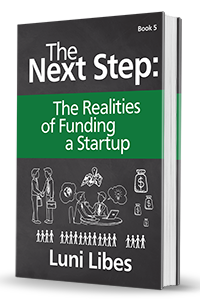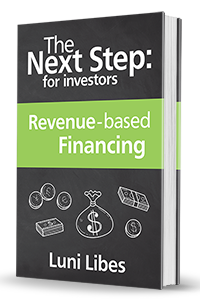The ultimate source of capital
The greatest reality is that if you build a successful, sustainable company, then all of the money coming into your company will come from customers rather than investors.
Thus, rather than seek startup capital from investors, the question I ask every entrepreneur is whether there is any way to bootstrap directly from customer revenues.
Kickstarter is proving this possible for tens of thousands of startups. Despite Kickstarter talking about its service as donations, the reality is that the most successful Kickstarter campaigns are all actually pre-sales to customers. Pre-sales as in selling a product or service to a customer before the product or service exists.
There is nothing illegal or unethical about doing this, as long as the product or service is delivered in an agreed-upon timeframe.
Looking again back at Medio, our first customer was TELUS Mobility. We flew up to Toronto, Canada a few times, demonstrated our search service, and, after some negotiations, agreed to launch it on their network. At the time, Medio was no more than seven people, and the product, while demonstrable, but not complete. Within two weeks, I hired five software developers, and within ninety days, the software was all written and deployed across Canada.
At Ground Truth, my next startup, which again sold services to mobile operators, I talked with a half dozen potential customers while simultaneously talking to investors. And again, I had a demonstrable but incomplete product while doing this. This effort landed a verbal commitment from Alltel, only to have that fall through a week later when Verizon acquired that company. A few months sooner and that deal might have bootstrapped Ground Truth.
In my class at Pinchot, many of my students work on smaller-scale business plans. One pattern I see repeatedly in these plans is break-even within the first year, sometimes from the first sale.
For example, a company that reuses the water from your washing machine to water your garden and lawn. Rather than raise money, hire a staff, buy a truck, etc., the student/founder proposed to set up a website, buy a few ads, and start by doing installations only on the weekends, using parts sourced from Home Depot. The startup costs proposed were lower than the profits on the first installation.
Another example is a company that cleans up oil spills using mushrooms. The startup costs are again a website and some ads. One of the founders owns a pickup truck, but that and every other tool needed can be rented when needed. The mushroom spores are purchasable online, with an inventory currently stored in a founder’s home refrigerator. Profits, including paying the staff full-time salaries, are projected within the first six months.
All pre-sales help
Even if your startup costs are not this low and thus you absolutely need funding from some other source, you should still look to customers for pre-sales funding. Customer revenues are the lowest cost of capital (see Chapter 21). Given that money from customers does not cost you the 10x that startup investors expect and that paying customers increase the value of your startup, you can afford to share some of that savings with your customers, giving them a discount, if they pre-pay.
A dollar now at a startup is usually far more critical than a dollar later. Use that fact to ask customers to pay before delivery, or at least to pay upon delivery versus the norm of thirty or forty-five days after the sale.











